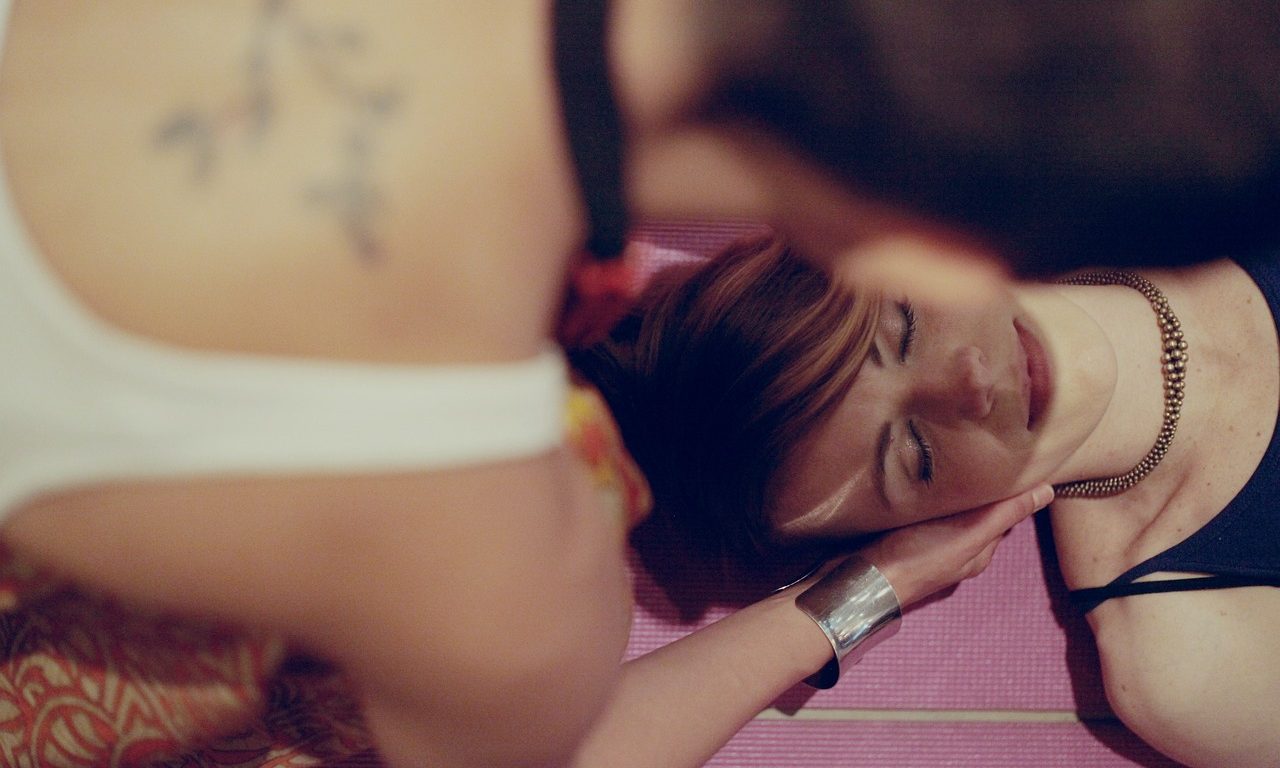In women who have undergone breast cancer treatment, lymphoedema can occur as a secondary condition, leading to swelling and discomfort in the arm. Seeking to evaluate the immediate effects of lymphatic massage and compression, a team of researchers led by J Maher, et. al., (2012) conducted a single-session study. The study aimed to investigate the acute response to these therapeutic interventions in women with and without arm lymphoedema, providing insights into their effectiveness as part of lymphoedema treatment.
The study involved 30 participants, including 15 women with lymphoedema and 15 without. All participants underwent a single session of lymphatic massage. Following the massage, the participants were randomly assigned to receive or not receive a compression sleeve. Measurements were taken at various time points, including before, during, and after the massage, as well as 30 minutes after its completion. Bioimpedance spectrometry (BIS) was utilized to measure changes in extracellular fluid volume in all limbs, while perometry was used to assess changes in total upper limb volume and specific segments within the limb.
The results obtained from this study revealed that both lymphatic massage alone and the addition of compression following the massage did not lead to significant changes in lymphoedema. Analysis of the BIS ratios, comparing unaffected and affected limbs in women with lymphoedema, showed minimal alterations from 1.152 to 1.192 after the massage. The control group exhibited slight changes from 1.024 to 1.041. Measurements of both the BIS ratio and total arm volume using perometry indicated changes of less than 2% following a 30-minute rest period after the massage, irrespective of whether participants used a compression sleeve and whether they had lymphoedema. Additionally, examining 10-cm segments within the arm revealed no notable variations in the BIS ratio between segments.
In summary, the study findings suggest that a single session of lymphatic massage, either with or without the application of compression, did not produce significant reductions in lymphoedema. These results highlight the limited effectiveness of these interventions as standalone treatments for managing arm lymphoedema in breast cancer patients. Further investigation is needed to explore alternative approaches or combined therapies that may yield more promising outcomes in the management of lymphoedema.
Reference: Maher, J., Refshauge, K., Ward, L., Paterson, R., & Kilbreath, S. (2012). Change in extracellular fluid and arm volumes as a consequence of a single session of lymphatic massage followed by rest with or without compression. Supportive Care in Cancer, 20, 3079-3086.
